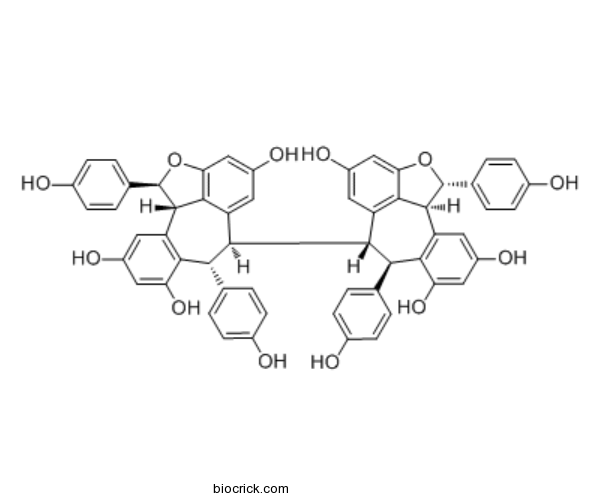Covid-19
Effect of the Phytochemical Agents against the SARS-CoV and Some of them Selected for Application to COVID-19. Many plants including Hopea, Vitis, Shorea and Anisoptera, are sources of these Phytochemical compounds. The epidemic of Covid-19 disease caused by SARS-CoV-19, as well as the lack of targeted drugs and vaccines, has forced the scientific community to search for new antiviral formulations. In this review, we describe the current knowledge of plant extracts containing polyphenols that inhibit Covid-19. Many natural plant-derived compounds (polyphenols) could provide a starting point for research on the use of plant extracts in the treatment and prevention of coronavirus. Antiviral polyphenolic drugs can inhibit coronavirus enzymes, which are essential for virus replication and infection. This group of natural substances (betulinic acid, indigo, aloeemodin, luteolin and quinomethyl triterpenoids, quercitin or gallates) is a potential key to designing antiviral therapies to inhibit viral proteases. The known pharmacophore structures of the bioactive substances may be useful in the development of new anti-Covid-19 formulations. The advantage of using preparations containing phytochemicals is their high safety for patients and the absence of side effects.
Covid-19 Research Related Compounds List
- Cat.No. Product Name Information
-
BCN1007
Toosendanin
Toosendanin, a triterpenoid extracted from the bark of fruit of Melia toosendan Sieb et Zucc, possesses analgesic, insecticidal and anti-inflammatory activities.(CAS NO.:58812-37-6)
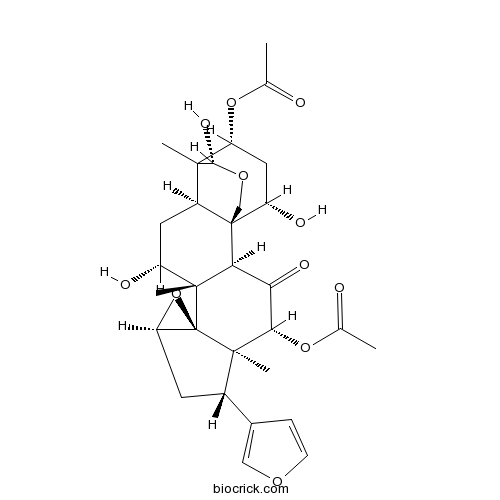
-
BCN1015
Beta-Sitosterol
Beta-Sitosterol (purity>98%) is a plant sterol. Beta-Sitosterol (purity>98%) interfere with multiple cell signaling pathways, including cell cycle, apoptosis, proliferation, survival, invasion, angiogenesis, metastasis and inflammation.(CAS NO.:83-46-5)
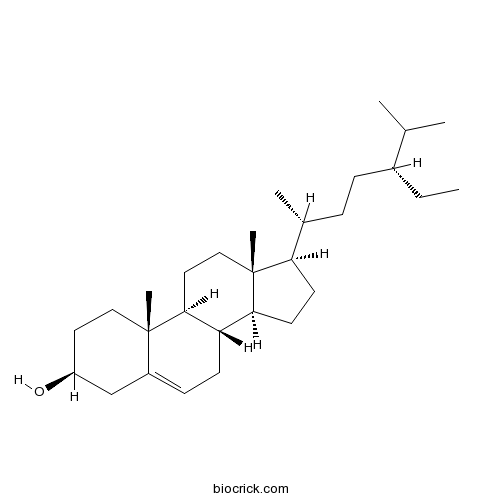
-
BCN1091
Indigo
(CAS NO.:482-89-3)
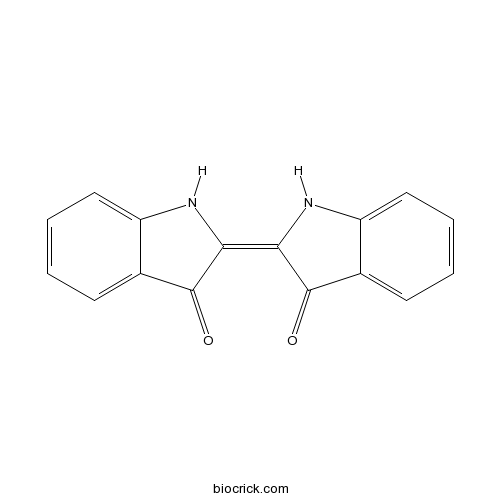
-
BCN1268
Herbacetin
Herbacetin is a natural flavonoid from flaxseed, exerts various pharmacological activities, including antioxidant, anti-inflammatory and anticancer effects. Herbacetin is an Ornithine decarboxylase (ODC) allosteric inhibitor, directly binds to Asp44, Asp243, and Glu384 on ODC. Ornithine decarboxylase (ODC) is a rate-limiting enzyme in the first step of polyamine biosynthesis.(CAS NO.:527-95-7)
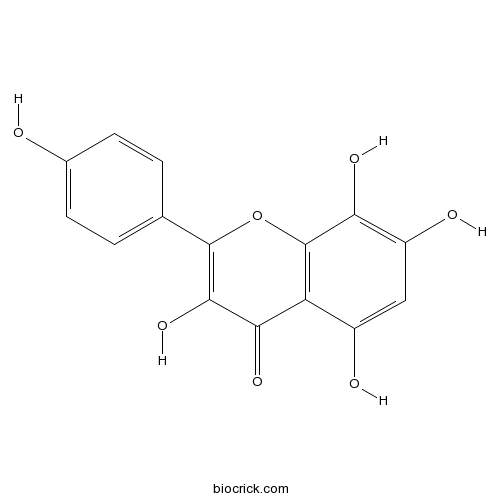
-
BCN1668
Gallic acid
Gallic acid is an antioxidant which can inhibit both COX-2.(CAS NO.:149-91-7)
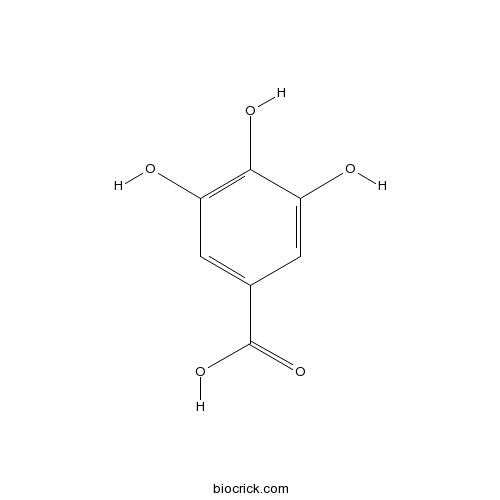
-
BCN1684
Rutin
Rutin, a naturally occurring flavonoid glycoside, has antioxidant, anti-inflammatory, anti-allergic, anti-angiogenic and antiviral properties.(CAS NO.:153-18-4)
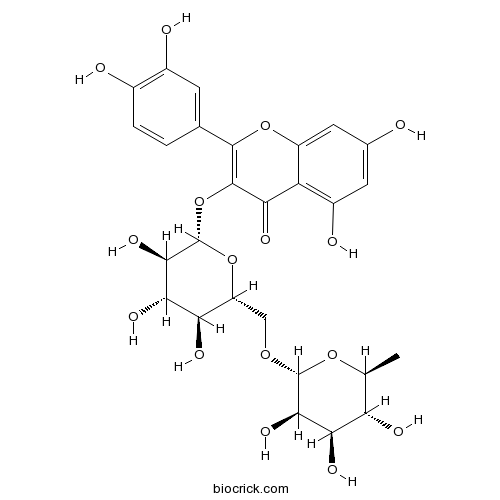
-
BCN1688
Catechin
Catechin ((+)-Catechin) inhibits cyclooxygenase-1 (COX-1) with an IC50 of 1.4 μM.(CAS NO.:154-23-4)
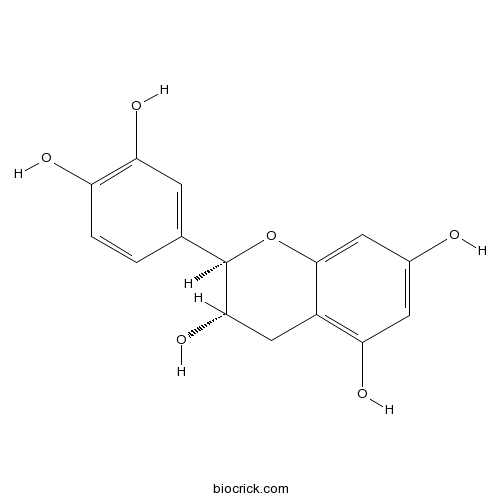
-
BCN2409
Lycorine
Lycorine is a natural alkaloid extracted from the Amaryllidaceae plant family with antiviral, antimalarial and antiinflammation activities. Lycorine inhibits the growth and metastasis of hormone-refractory anti-prostate cancer (PCa) and induces cell apoptosis.(CAS NO.:476-28-8)
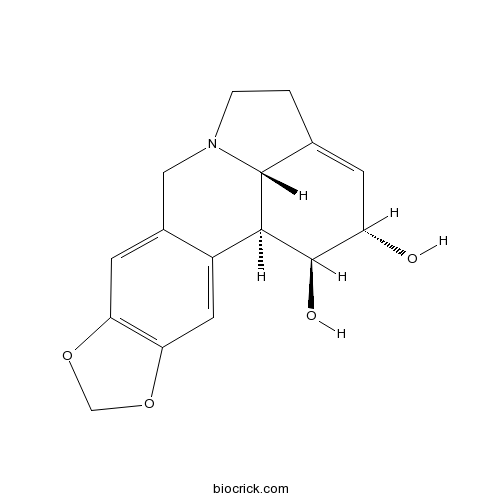
-
BCN3444
Kobophenol A
(CAS NO.:124027-58-3)
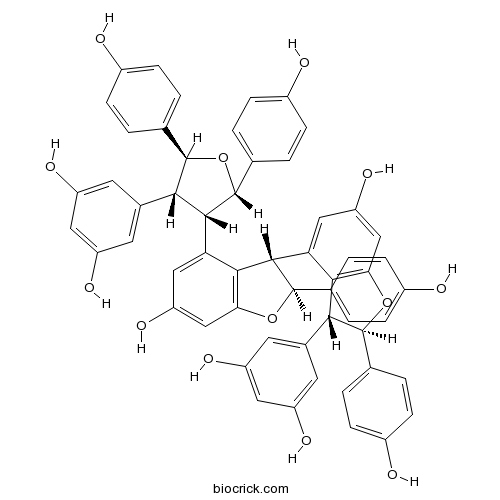
-
BCN3823
Methyl gallate
Methyl gallate is a plant phenolic with antioxidant, anticancer, and anti-inflammatory activities. Methyl gallate also shows bacterial inhibition activity. Methyl gallate also has anti-HIV-1 and HIV-1 enzyme inhibitory activities.(CAS NO.:99-24-1)
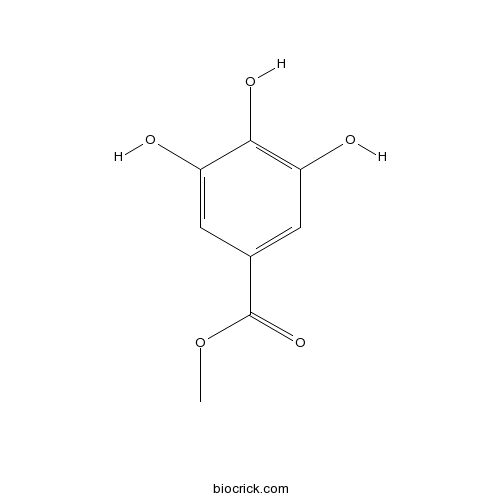
-
BCN4376
Stigmasterol
Stigmasterol is a plant sterol which has been focused on the cholesterol-lowering activity and is valued as an anti-stiffness factor in the therapy of rheumatic diseases.(CAS NO.:83-48-7)
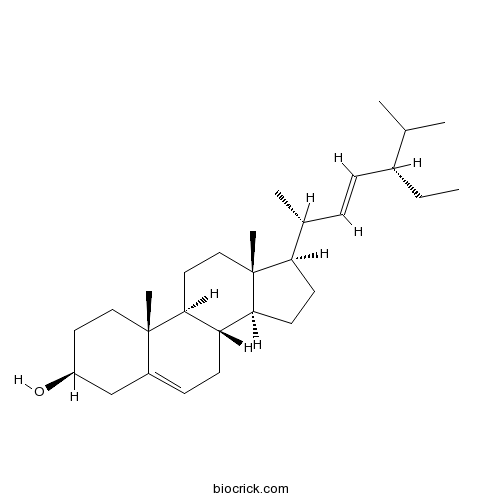
-
BCN4519
(-)-Epigallocatechin(EGC)
(-)-Epigallocatechin (EGC) is the most abundant flavonoid in green tea, can bind to unfolded native polypeptides and prevent conversion to amyloid fibrils.(CAS NO.:970-74-1)
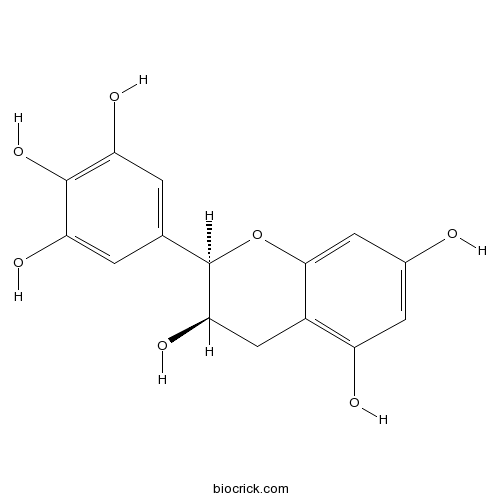
-
BCN4865
Stigmasterol glucoside
Stigmasterol glucoside is a sterol isolated from P. urinaria with high antioxidant and anti-inflammatory activities, act as an inhibitor of 5α-reductase with an IC50 of 27.2 µM.(CAS NO.:19716-26-8)
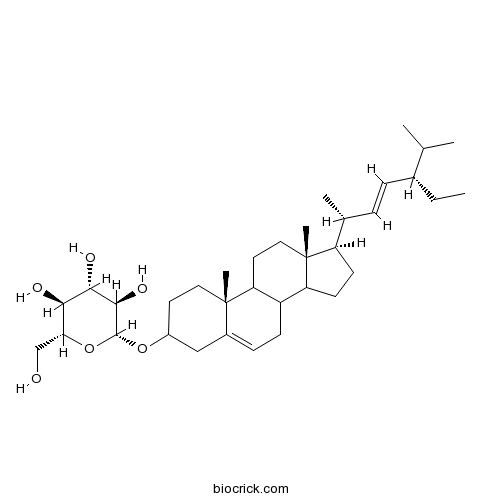
-
BCN5524
Betulinic acid
Betulinic acid is a natural pentacyclic triterpenoid, acts as a eukaryotic topoisomerase I inhibitor, with an IC50 of 5 μM, and possesses anti-HIV, anti-malarial, anti-inflammatory and anti-tumor properties. Betulinic acid acts as a new activator of NF-kB.(CAS NO.:472-15-1)
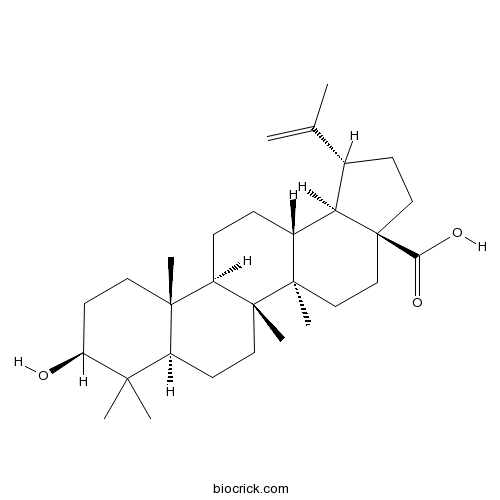
-
BCN5565
Aloeemodin
Aloe emodin is a hydroxyanthraquinone present in Aloe vera leaves, has a specific in vitro and in vivo antitumor activity.(CAS NO.:481-72-1)
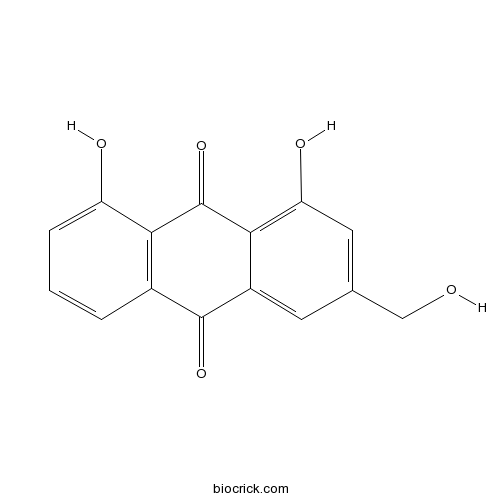
-
BCN5600
Luteolin
Luteolin (Luteolol) is a flavanoid with anti-inflammatory, anti-cancer properties, including the induction of apoptosis and cell cycle arrest, and the inhibition of metastasis and angiogenesis, in several cancer cell lines, including human non-small lung cancer cells.(CAS NO.:491-70-3)
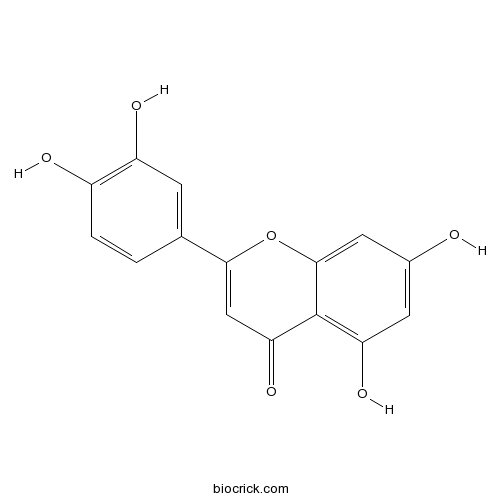
-
BCN5653
Kaempferol
Kaempferol inhibits estrogen receptor α expression in breast cancer cells and induces apoptosis in glioblastoma cells and lung cancer cells by activation of MEK-MAPK.(CAS NO.:520-18-3)
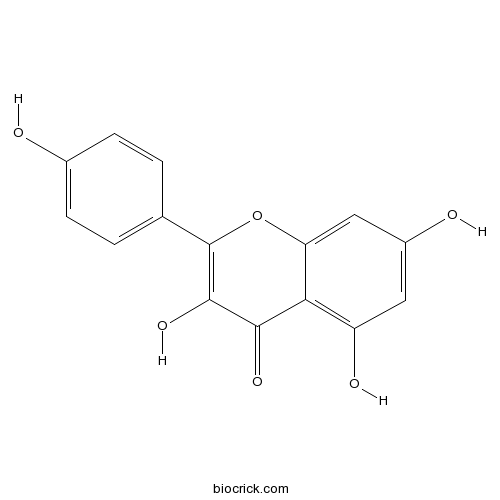
-
BCN6049
Quercetin
Quercetin, a natural flavonoid, is a stimulator of recombinant SIRT1 and also a PI3K inhibitor with IC50 of 2.4±0.6 μM, 3.0±0.0 μM and 5.4±0.3 μM for PI3K γ, PI3K δ and PI3K β, respectively.(CAS NO.:117-39-5)
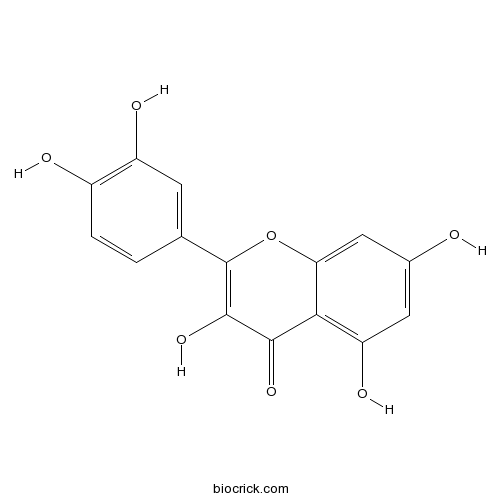
-
BCN6326
(-)-Epigallocatechin gallate
(-)-Epigallocatechin Gallate is a tea flavonoid with potent antioxidant, antiinflammatory, and anticarcinogenic properties. (-)-Epigallocatechin Gallate is reported to inhibit EGFR signaling and thereby exert anticancer effects. (-)-Epigallocatechin Gallate (EGCG) is a glutamate dehydrogenase 1/2 (GDH1/2, GLUD1/2) inhibitor. Epigallocatechin-3-gallate induces oxidative phosphorylation by activating cytochrome c oxidase.(CAS NO.:989-51-5)
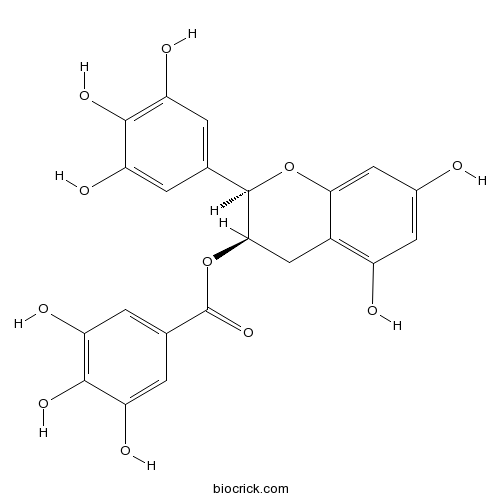
-
BCN9570
Hopeaphenol
(CAS NO.:388582-37-4)
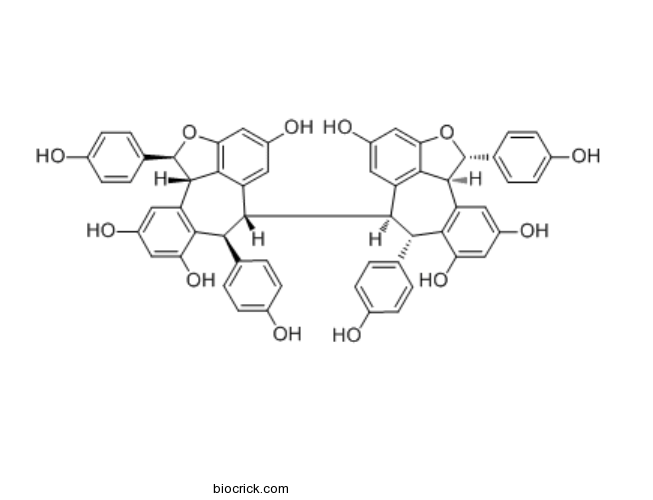
-
BCN9571
Isohopeaphenol
Isohopeaphenol belongs to the class of organic compounds known as 2-arylbenzofuran flavonoids. These are phenylpropanoids containing the 2-phenylbenzofuran moiety. Isohopeaphenol is considered to be a practically insoluble (in water) and relatively neutral molecule. Within the cell, isohopeaphenol is primarily located in the membrane (predicted from logP). Outside of the human body, isohopeaphenol can be found in alcoholic beverages and fruits. This makes isohopeaphenol a potential biomarker for the consumption of these food products.(CAS NO.:197446-77-8)
